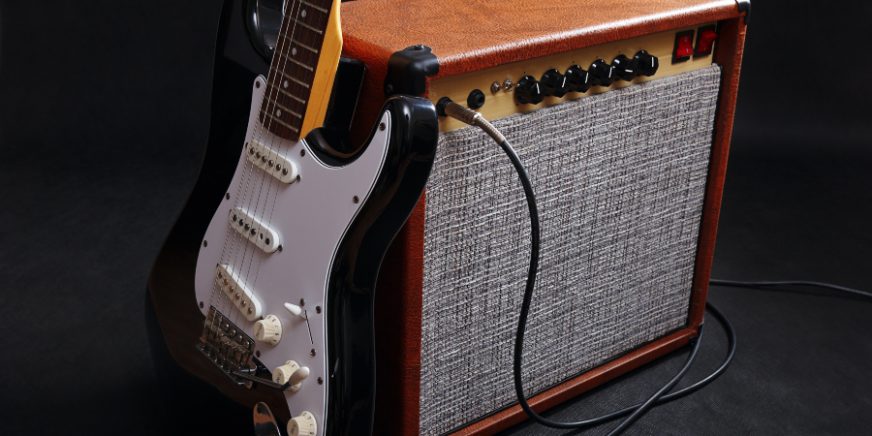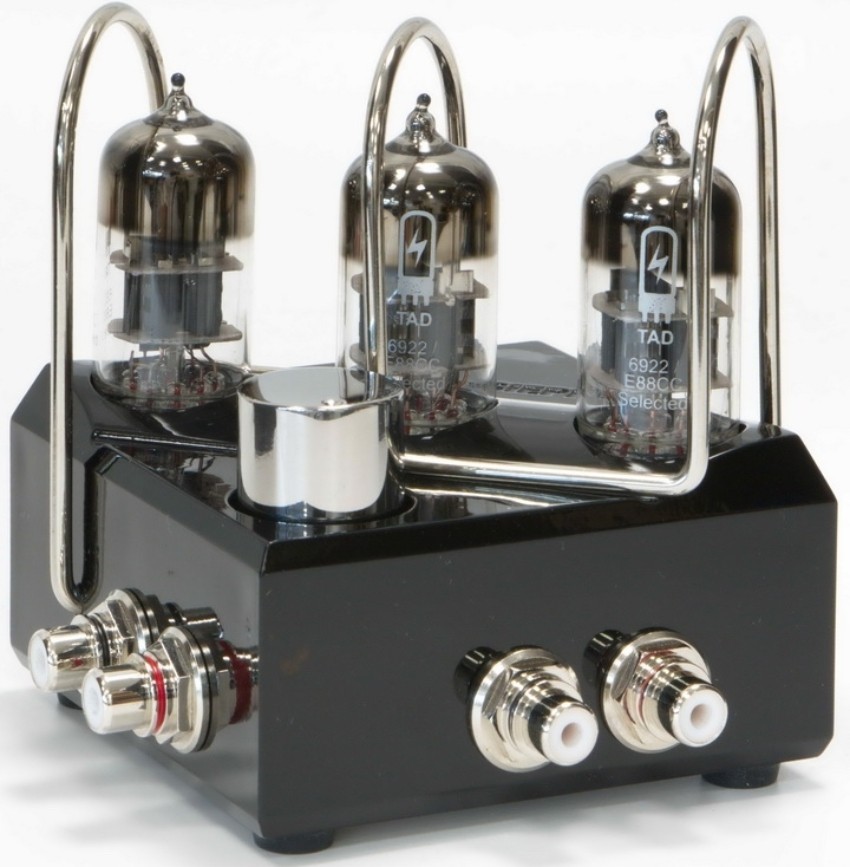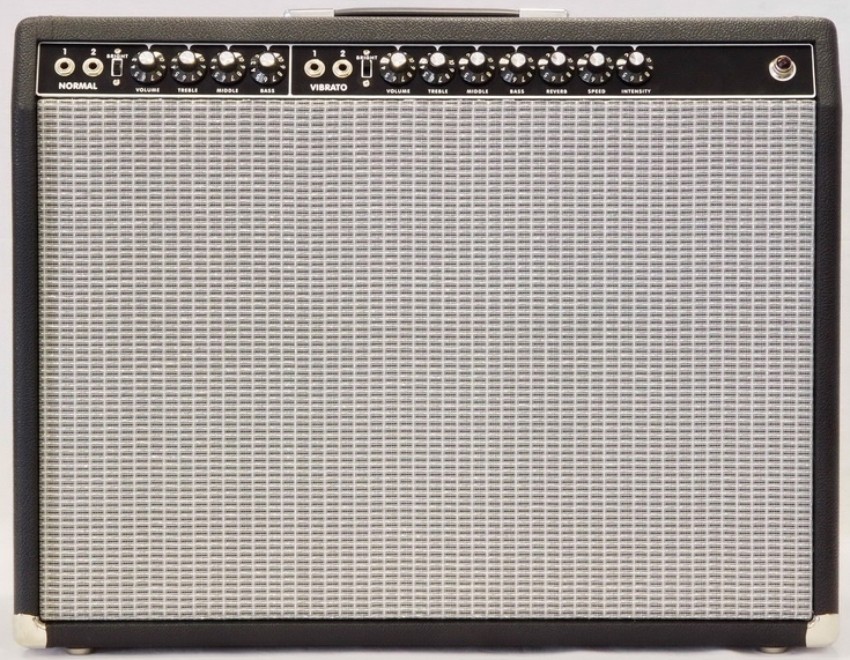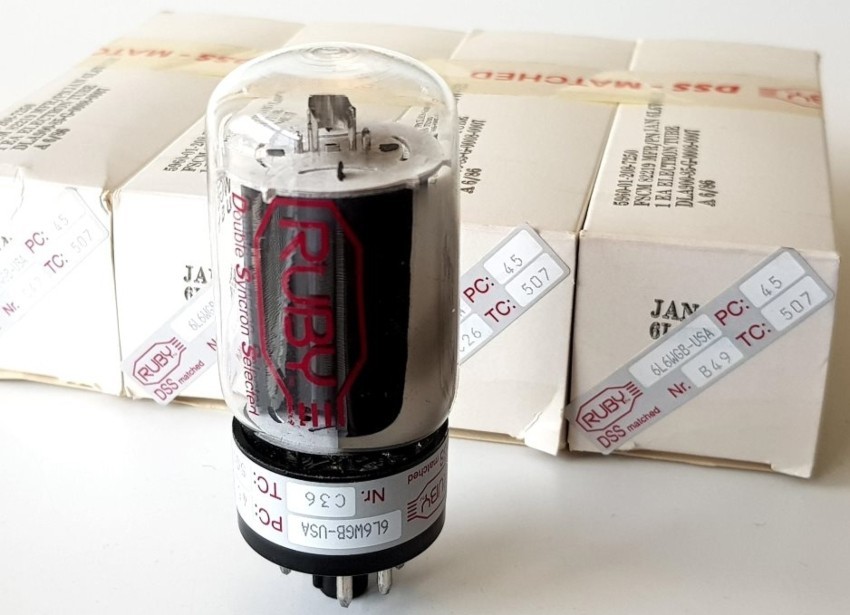« The comprehensive guide »
Tube-powered amps are a phenomenon. Whether it’s for hi-fi or instrumental amplifiers, the antiquated technology still captivates hundreds of thousands of musicians and music enthusiasts worldwide. At some point in the career of every guitarist, bassist, or hi-fi enthusiast, the desire arises to enjoy one’s own music through valve amplification. But what should be considered when purchasing the first tube amp? Today, we present some points to consider alongside technical details. We address both valve amplifiers for bassists and guitarists. But before we get into the details, let’s briefly address the central question: Why buying a tube amp makes sense?
Why buying a tube amp is so popular
Tube amps exert a unique fascination. The purely analog technology of these devices exudes a certain handcrafted and natural tranquility. Valve amplifiers are not necessarily practical. They require much more maintenance than transistor amplifiers, are generally more sensitive, and often more expensive than their solid-state counterparts. Nevertheless, more and more musicians and music enthusiasts are falling for the tube. The reason for this is probably the unique character of the valve sound.
Natural sound reproduction and, in the case of instrumental amplifiers, an organic breaking of the sound: Anyone who has played with a real tube-amplified guitar will, in our opinion, never want anything else again! Aside from outstanding sound qualities, tube amplifiers also offer the opportunity to get hands-on with one’s hobby: valve replacement, basic settings, and coaxing out the best possible sounds – that’s also what makes the tube fascination.
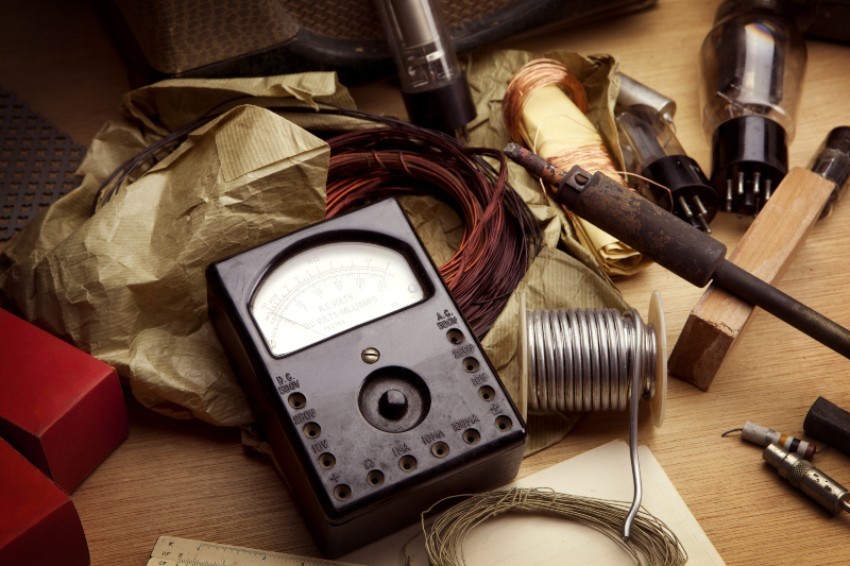
The return to analog technology makes absolute sense, especially in the hobby: we enjoy engaging with our equipment, and the charm of imperfection is much closer to us than digital precision. So, it should be a valve amplifier? But what should be considered in the selection? We won’t delve into technical details but provide a general overview for tube enthusiasts on the topic of “buying a tube amp” And it’s not about choosing the right amplifier model, but the general approach when buying an amp:
Research
At the beginning of every amplifier purchase, there should be thorough research. However, there is much to consider – the key criteria are briefly outlined below.
Buying a tube amp: Advertising is not the same as advice
At the beginning of any research nowadays is the internet. In endless forums, blog posts, and specialized pages, different types of valve amplifiers are discussed and described. However, the internet is not an exclusively independent and free source of information. Especially forum posts are considered a popular source of information when it comes to the functionality and sound of amps. However, caution is advised here too.
Testing, testing, testing
Whenever there is an opportunity to test a tube amp personally, it should be seized. Of course, not every place has a well-equipped music store – especially with high-quality amplifiers, a slightly longer trip should not deter from a personal test. Ideally, during the tests, one should connect their own guitar and equipment to the potential desired amp. The instrument, individual pickup configuration, pedals, and, of course, personal playing style significantly impact the sound. This aspect should, therefore, be considered in the tests beforehand and in the amplifier selection.
Which tube amp to buy?
Once the desire for a valve amplifier has arisen, the next step is to choose the right amp for your own equipment. Whether it’s an instrumental amp for guitarists or bassists, the selection process is always the same before making a purchase: purpose, cost, power, and technical specifications are the four pillars of amplifier selection and fundamental considerations before buying.
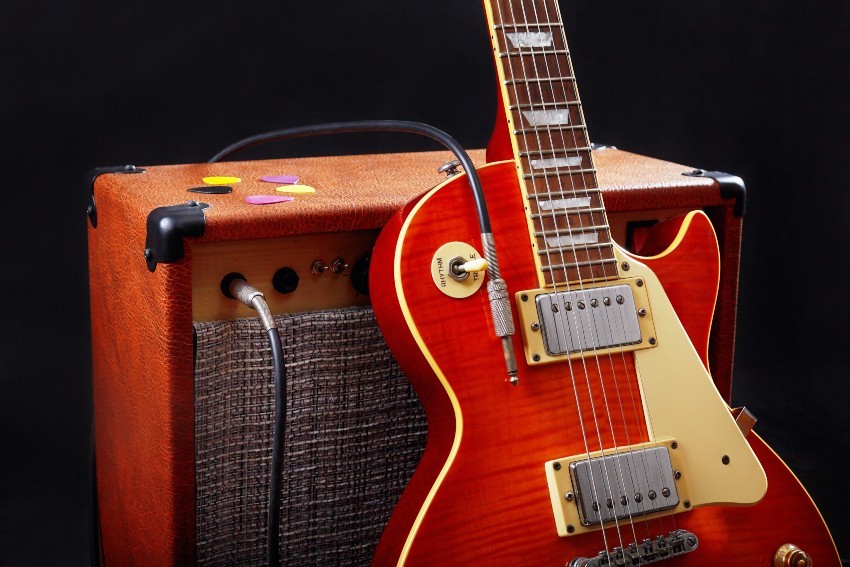
Purpose
The purpose of the amplifier determines which model is right. For instrumental amplifiers, the selection of the appropriate device is crucial. The purpose of tube amplifiers for guitar and bass can differ significantly. Valve amps for rehearsal rooms or home practice are generally offered with lower power.
Unlike earlier times, amps with lower power can be used for live performances today. This is because, unlike 20 or 30 years ago, guitar amplifiers are now miked during stage performances, so the signal runs through a PA system. However, it is important for every musician that they and their instrument can “cut through” against the rest of the band, meaning the guitarist can hear their own playing well. If the colleagues are too loud, additional equipment such as in-ear monitoring can help. However, high-power amps with 100 watts or more have some compelling advantages in live performances. These guitar amps offer much more headroom, providing significantly longer clean sound, which is important when using effects pedals.
Cost
Unfortunately, costs are often the limiting factor in the selection of the right tube amp. Like all things described with the word “hobby,” valve amps can make extreme holes in one’s wallet.
When considering the purchase cost, it should always be remembered that amps with tubes are much more maintenance-prone compared to transistor amplifiers. Tube replacement and idle current adjustment should always be performed by professionals or experienced users. The associated costs accumulate over the years.
Power of instrumental amplifiers
The power of the tube amplifier is closely related to the intended use. The efficiency of the respective speakers must also be taken into account:
For those who want to fulfill the dream of buying a valve amplifier, the power question also arises for guitar and bass. It must be clear in the selection that the volume of one watt depends on the respective design. In some cases, a single watt of a tube amplifier is enough to make the home rehearsal room shake.
Also, note that the popular tube saturation and the associated creamy distortion are only achieved by overdriving the tubes. If the legendary power valve distortion is sought, there’s only one solution: turn it up. For a 100-watt tube monster, this is only advisable from a distance and with suitable hearing protection!
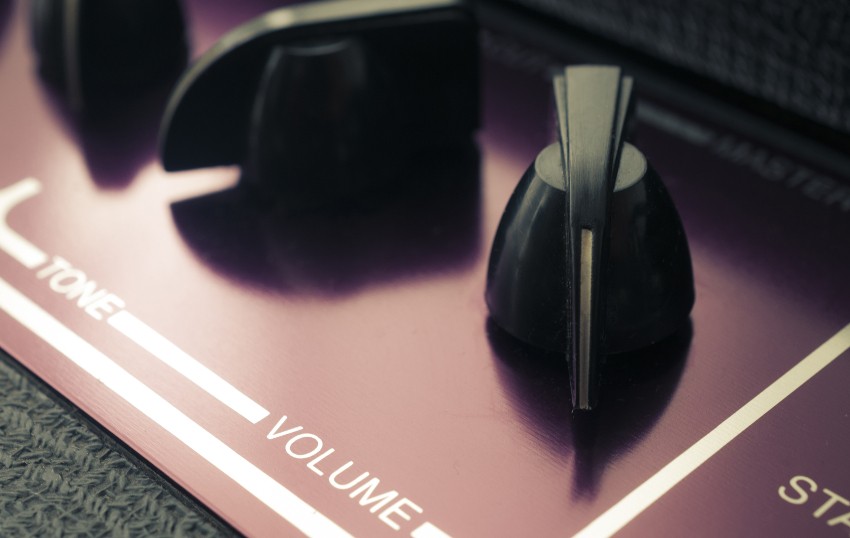
Experts for tube amps – irreplaceable professionals
When selecting amps and finding the right device for one’s needs, it’s always best to rely on the opinions and advice of experts. Particularly, the technology inside the tube amplifier requires expert hands. Although adjusting the idle current or changing tubes can be done by the owner, it should be left to the professional in case of uncertainties. Comprehensive advice on the right amplifier is also part of the expertise of these professionals. Despite all research and personal information, attention should always be paid to the ideas and suggestions expressed here.
With decades of experience in the field of tube technology, TubeAmpDoctor is the expert tube specialist and the best advisor. With our experience and our huge range of tubes and accessories, we assist our customers with advice and support. Despite all difficulties, one thing must be said: entering the world of tubes is worth it. And once someone has gone down the rabbit hole, they will never want to return.
___________________________________________________________________________________________________________________________
Image sources:
Featured image: © Boris Bulychev – stock.adobe.com
Amplifier maintenance accessories and tools: © Kenjo – stock.adobe.com
Electric guitar leaning on an amplifier: © Boris Bulychev – stock.adobe.com
Volume control on an amplifier: © cristianstorto – stock.adobe.com
 Tubeampdoctor Magazin
Tubeampdoctor Magazin
